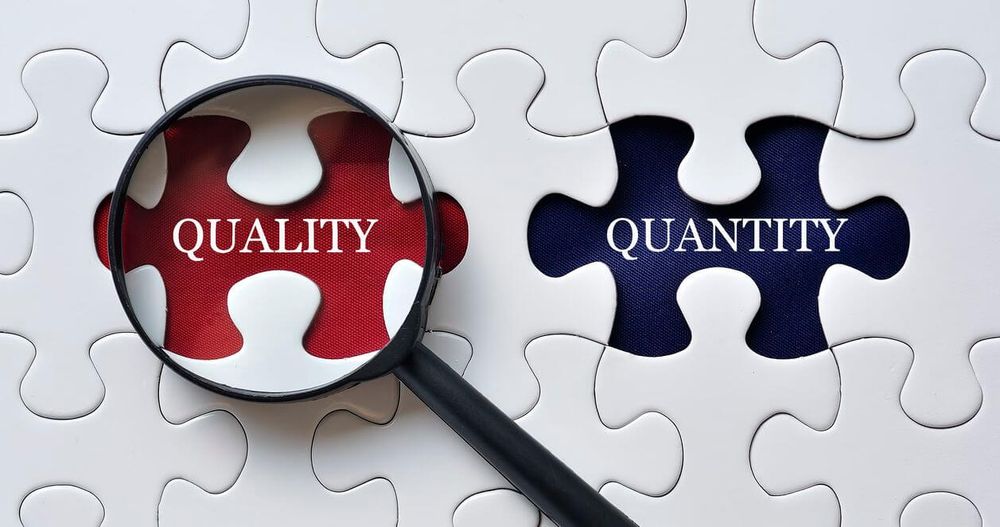What You Need to Know About The ERO Rating Process
Published on Thursday, 12 April 2018
Last updated on Tuesday, 31 December 2019

The Education Review Office (ERO) is the government department responsible for reporting on the education and care of children in early childhood settings and schools.
ERO reports offer useful insights and information on how well an early childhood service is doing against established standards and are an additional tool for parents trying to choose between one child care centre and another.
About the ERO
Under the Education Act, the Chief Review Officer has the authority to delegate review officers to conduct reviews in early childhood centres and schools. This includes initiating reviews, investigating early childhood services, writing reports and publishing those reports.
According to the ERO website there are currently around 150 designated review officers located in five regions around New Zealand: Northern-Te Tai Raki, Waikato/Bay of Plenty - Te Tai Miringa, Central-Te Tai Pokapū, Southern-Te Waipounamu, and Te Uepū ā-Motu, ERO’s Māori Review Services Unit.
The ERO conducts various types of reviews and evaluations, however, the most relevant in early childhood are Education Reviews, which are reports to boards of trustees, managers of early childhood education services and the Government on the quality of education and care provided for children and students in individual centres and schools.
Generally speaking, the ERO reviews early childhood services every three years, however, reviews will be more regular if centres are assessed and found to be in need of development or under-performing according to the established rating criteria. The opposite is also true and services with a stable reporting history and good self-review processes may be reviewed less frequently.
As a parent you can freely access ERO reports on early childhood services from the ERO website and you can also request a hard copy from child care centres of from an ERO office.
ERO’s Evaluation Framework
ERO’s overarching question when reviewing an early childhood education service is: ‘How well placed is this service to promote positive learning outcomes for children?’ To answer this question ERO applies variables described in the bicultural framework Ngā Pou Here:
- Pou Whakahaere – how the service determines its vision, philosophy and direction to ensure positive outcomes for children
- Pou Ārahi – how leadership is enacted to enhance positive outcomes for children
- Mātauranga – whose knowledge is valued and how the curriculum is designed to achieve positive outcomes for children
- Tikanga whakaako – how approaches to teaching and learning respond to diversity and support positive outcomes for children
A focus for the ERO and government is that all children, especially priority learners, have an opportunity to benefit from high quality early childhood education. To this end, ERO will report on how well each service promotes positive outcomes for all children, with a focus on children who are Māori, Pacific, have diverse needs, and are up to the age of two. Learn more about ERO’s Approach to Review in Early Childhood Services here.
ERO’s Overall Judgement and Next Review
The overall judgement that ERO makes about an early childhood service and the timing of the next review will depend on how well placed a service is to promote positive learning outcomes for children. The categories are:
- Very well placed / He tino pai te tūnga – The next ERO review in four years
- Well placed / He pai te tūnga – The next ERO review in three years
- Requires further development / Me whakawhanake ake – The next ERO review within two years
- Not well placed / Kāhore i te pai te tūnga - The next ERO review in consultation with the Ministry of Education
To learn more about the criteria for each category and rating visit the ERO website.
Remember, published ERO reviews are tailored to each service’s context and performance, and the content matter may vary, within the overarching review framework. The ERO says this is because the aim of the reports is to provide information on aspects that are central to positive outcomes for children and useful to the service.
Related Articles

What types of child care are there?
An overview of the different child care services available to families, including centre based care and in-home care options, and how families can access them.

How to Choose the Right OOSH Service for Your Child
How to choose the best Outside School Hours Care for your family: including what to think about and look for and choosing the best service for child.

How Is Child Care Quality Ensured?
How quality early childhood education and care is delivered in different settings, and what parents can do if they’re concerned about something.
